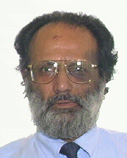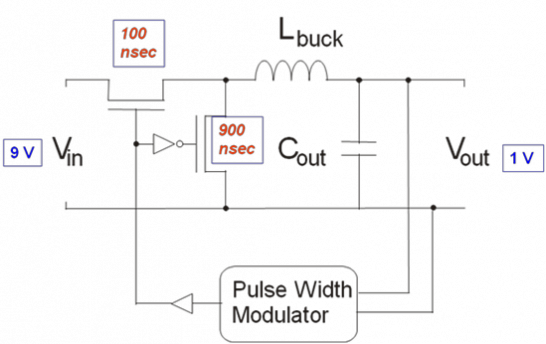Satish Dhawan - Power Electronics
Welcome to Satish Dhawan’s Power Electronics website. Satish is a Senior Research Scientist in the Department of Physics at Yale University.

You can use the menu bar on the top to navigate the website.
Publications has some recent papers and conference slides and posters.
Seminars gives details of recent and upcoming technical seminars.
Introduction
Power electronics have become a focus of intense R&D in industry. Primary drivers of this R&D are the need for efficient delivery for smart phones, set top boxes, hand held gadgets, blade computers, Data Centers, etc. The industrial approach has featured the distribution of voltages higher than are required by the electronics. The voltage is stepped down at the point-of-load (POL) to provide the low voltages and high currents required by the electronics. The devices that perform these conversions, called DC-DC converters, use either magnetics in the form of inductors or transformers, or capacitors. Efficiency favors magnetic converters in high ratios of input to output voltage and thus magnetic converters are the focus of our research. The simplest magnetic topology for the DC-DC converter, called a Buck Regulator, is schematically illustrated in the figure and a PCB implementation.

Synchronous Buck Converter illustrating the components. The switching frequency is 1 MHz and the input/output voltage ratio is 9.

Buck Converter with Embedded Coreless Inductor. Size = 2.4 x 7 cms
High Energy Physics can benefit from the massive R&D investment of the industrial community. Many of the requirements are the same, namely small size, high efficiency, and high frequency. Two main primary differences are the need for radiation resistance in High Energy Physics, and often the need to operate in high magnetic fields (>1 Tesla) as well. The latter requirement precludes the use of ferrites and drives the need for high frequency operation. Fortunately, the industrial requirements for smaller sizes are driving the need for higher frequency operation as well.
Over the last several years we have been identifying market trends that are leading to promising technologies that may serve the High Energy Physics Community. My collaborators and I have been radiation testing selected devices and switches that may result in fully commercial or semi-custom solutions for the various High Energy Physics Applications. This website presents the status of the R&D to date, as well as information on promising technologies.
In 2007 to our surprise, the first commercial converter that we exposed withstood 100 Mrads of gamma radiation (beginners’ luck). It was fabricated with 5nm thin gate oxide. It is possible to design LDMOS Switches with this thin oxide and be able to operate at > 12 volts.
Gallium Nitride material has been in development for decades. in 1975 a HEMT (high electron mobility transistor) structure was described and in 1994 an unusually high electron mobility was measured. In 2004 Eudyna introduced RF power amplifiers for cellular base station applications, replacing silicon devices. Recently EPC corp. started to sell GaN on silicon for power converters. These can operate at high input/output ratios, thus reducing power supply input currents.
Why GaN over Silicon? Very high frequency operation, low on resistance, x10 higher breakdown voltage, and GaN devices can be fabricated Using existing silicon infrastructure.